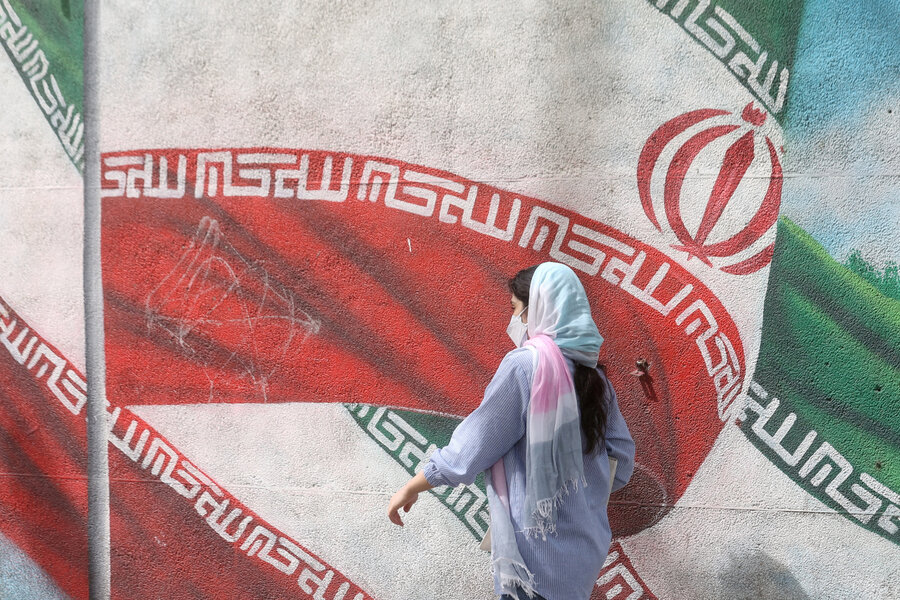The liberation of Iran’s women athletes
Loading...
Women in Iran were a bit stunned last month when, for the first time, national television allowed a live broadcast of an Iranian women’s sports team playing in an international tournament. Inside Iran, women are rarely, if ever, allowed into stadiums to watch men play. Almost as stunning was that the televised sport – ice hockey – did not exist for women until a few years ago in an arid country where powerful clerics have long discouraged women from participating in athletics.
“The perfection of a woman lies in motherhood,” declared one Muslim cleric in 2014.
Iran’s female hockey team, created only in 2020, came in a close second during a matchup of Asian teams in Thailand in April and May. “Our achievement can help all of Iran’s women to know that there is nothing that can stop them,” the team’s captain, Azam Sanaei, told Al Jazeera.
Excelling in a sport has long been a way for suppressed people to claim freedom and equality for themselves. For women in Iran, who have been at the forefront of major protests in Iran over recent decades – especially in 2022 to oppose mandatory head covering – sports have become an alternative and affirming route to social liberation.
“Like a mighty river blocked by giant boulders, the movement [for women’s emancipation in Iran] continuously finds a new path, sometimes in entirely unanticipated ways,” wrote Janet Afary and Kevin Anderson, two scholars at the University of California, Santa Barbara, in a recent Dissent magazine article.
Sports for Iranian women largely ended in 1979 when the Islamic Republic was founded. In recent years, the gradual revival of women's sports has been supported by regime reformers who see the advantage of stoking national pride when Iranian athletes win international games. In 2018, when Hassan Rouhani was president and seen as a moderate leader, he wondered aloud why women’s sports should not be broadcast on television. “Why we cannot show the events, especially when they compete bravely with world-famous teams and win great victories?” he asked in a question probably directed at the dominant clerical leadership.
The women who have pursued excellence in ice hockey – helping bring public interest in watching the team on live TV – have answered his question.







